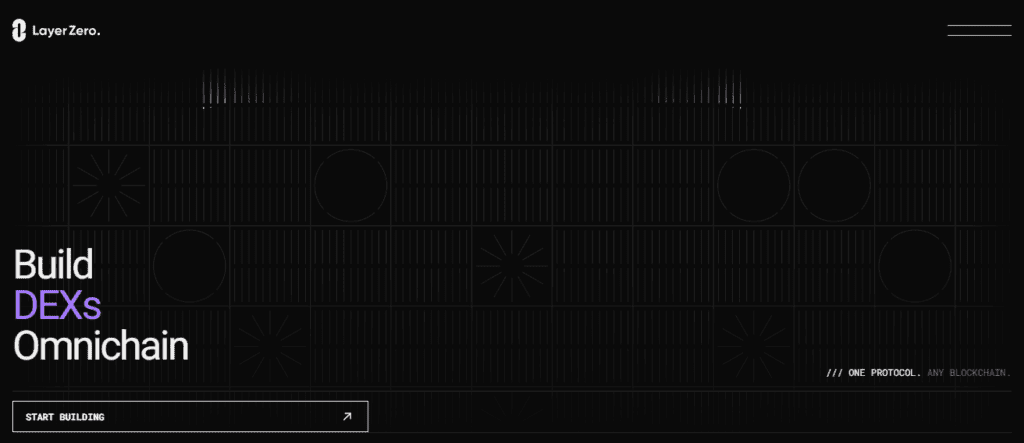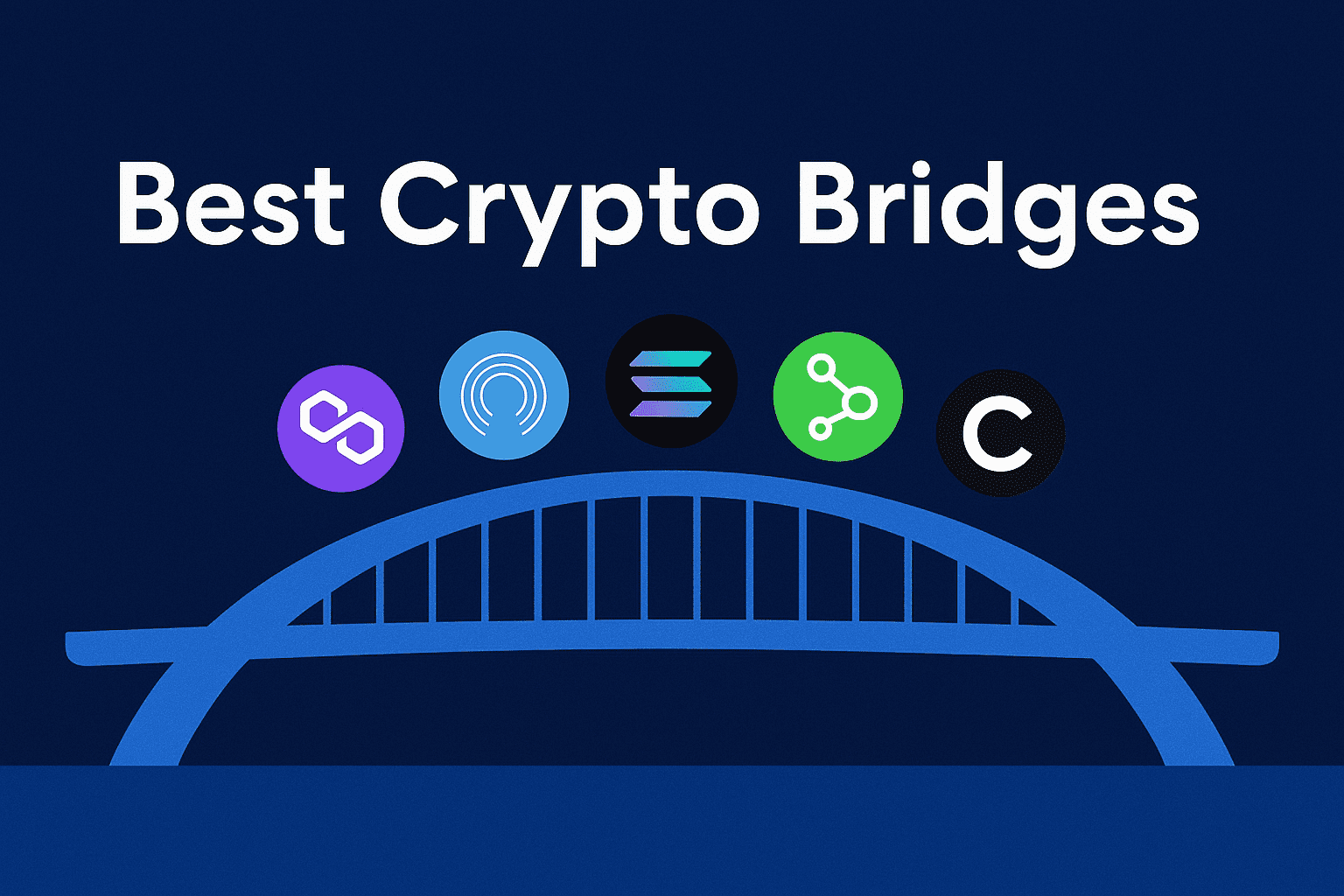In the following section, I will address how to defend bridging liquidity from hackers. As complex and high liquidity routes, bridges allow criminals to execute asset transfers and undetected cyberattacks.
For bridge operators and liquidity providers, understanding the risk and protecting the evolving DeFi ecosystem is a priority.
What Is Bridging liquidity In Crypto?
Bridging liquidity in crypto is the process of moving or sharing digital assets across different blockchain networks via a “bridge.”
This helps in using tokens on one chain, say Ethereum, on another chain, say Binance Smart Chain or Solana, without having to sell or exchange them.
This cross-chain liquidity is essential for the uninterrupted functioning of decentralized finance (DeFi) platforms across networks for trading, lending, and staking.
However, due to the large amounts of capital that bridges hold, they are prime targets for malicious attacks.
How To Secure Bridging Liquidity From Hackers
Example: LayerZero – Securing Bridging Liquidity

LayerZero builds a trust-minimized cross-chain communication protocol and allows blockchains to securely cross. LayerZero uses a few strategies to secure bridging liquidity:
Distributed Validation
Every message is validated by separate oracles and relays, thus, building a defense against a single point failure.
On-Chain Validation
Every transaction occurring on source and destination chains is validated cryptographically on the source and destination chains.
Segmented Liquidity Pools
To control risk, exposure and prevent attacks, every pool of liquidity is distributed across chains and pools.
Ongoing Audits & Bug Bounties
Maintained bug bounty programs and third-party smart contract audit to secure needed liquidity.
Large Transfers-Delayed Transactions with Time Limits
Critical transactions with time delays function as alerts in a detection system to analyze and possibly allow intervention to prevent an outlier.
Why Are bridges Vulnerable To Hacks?
Hacks Tend to Target Bridges Due to High Liquidity: Bridges facilitate cross-chain transactions, resulting in large volumes of funds from different users and protocols.
High Probability of Attack Through Complex Smart Contracts: Bridging technology consists of intricate cross-chain transactional scaffolds, establishing gateways for bugs within the code.
Cross-Chain Bridging Attack Taiwan: Transferring assets across different chains requires multiple cross-validators and chains, which provides entry points for hacks.
Hacks Through Centralization of Validators/Keys: Centralized Validators or a multisignature wallet can become a target, allowing a hacker easy access to siphon funds.
Cross-Chain Attacks Through Replay and Double Spending: Weak protocols that allow text and transaction CROSS-CHAIN to cross-duplicate a transaction.
Flash Loan Attacks: Utilizing cross-chain bridges to exploit and siphon funds, hacking them, emptying them
Systems Vulnerable Due to Lack of Active Monitoring: Lack of Active Monitoring reduces the visibility of unusual behaviors.
What are the most common types of bridge hacks?

Smart Contract Exploits
Every bridge has a smart contract which can be targeted by hackers. Fund draining attacks specifically target bugs or vulnerabilities and can happen on poorly tested or outdated contracts.
Validator or Multisig Compromise
Most bridges use validators or multisig wallets to finalize and approve transactions. If an attacker gains control of the keys, they can execute unauthorized transfers.
Replay or Double-Spend Attacks
Inline cross-chain message verification attacks and transaction data abuse through balance manipulation result in asset theft and are commonly known as double-spend attacks.
Flash Loan Attacks
Fund draining in the attack described is done in the time span of a single transaction using borrowed crypto. The attacker exploits bridge and liquidity pool mechanisms, draining them and repaying the loan.
Technical Safeguards for Bridge Operators
Multi-Sig & Threshold Signatures: Obtaining multiple approvals minimizes the risk of a single point compromise.
Use of MPC (Multi-Party Computation) Wallets: Key-defending remains with other parties. Wallets containing funds remain defended.
Cross-Chain Message Validation: Advanced verification protocols ensure secure cross-chain messages for threaded safety.
Rate Limiting and Time Delays: Postpone large withdrawals to interrupt feedback loops of illicit activity.
Liquidity Provider Best Practices
Diversify Across Multiple Bridges: Use different, trusted bridges to decrease single-point risk.
Assess Bridge Security Ratings: Check audits, bug bounties, and reputation before liquidity provision.
Manage Exposure: During high-risk, withdraw idle liquidity to minimize potential loss.
Future of Bridge Security

Trust-Minimized Bridges: Platforms such as LayerZero and Axelar mitigate dependence on trustworthy centralized validators.
ZK-Proofs and Advanced Cryptography: Cross-chain verification without the need to disclose information can be achieved through Zero-Knowledge proofs.
Native Cross-Chain Protocols (IBC): Blockchain-native integrations streamline and bolster the safety of transferring assets.
AI-Based Threat Detection: Machine learning analyzes aberrant transaction patterns and forecast potential attacks.
Continuous Audits and Automated Updates: Bridges are increasingly adopting real-time audits complemented by automated patching in response to vulnerability forecasts.
Layered Security & Liquidity Segmentation: To reduce risk exposure, funds are kept in separate pools and chains.
Conclsuion
In cocnlsuion Securing bridging liquidity requires a proactive, layered approach. By combining smart contract audits, decentralized validation, liquidity segmentation, and real-time monitoring, both bridge operators and liquidity providers can significantly reduce hack risks.
Staying informed about platform security, diversifying across bridges, and employing emerging technologies such as trust-minimized protocols guarantees safer cross-chain transactions in the dynamically changing world of DeFi.
FAQ
Transferring assets across blockchains to enable cross-chain DeFi activities.
Large liquidity, complex contracts, and centralized validators increase risk.
Smart contract exploits, validator compromise, replay attacks, and flash loans.
Multi-sig wallets, audits, cross-chain validation, rate limits, and monitoring.
Diversify across bridges, check audits, and withdraw during high-risk periods.













